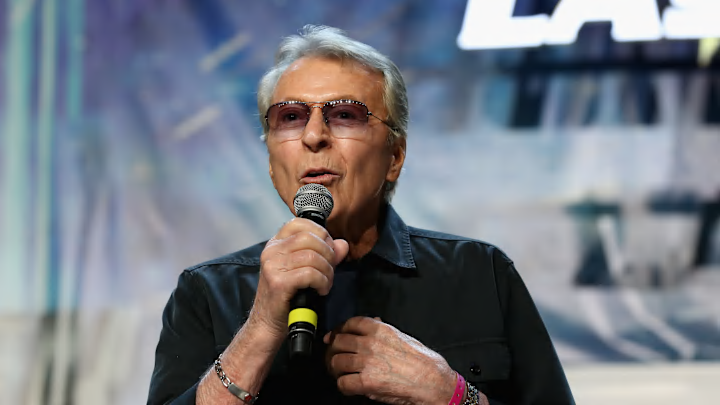Creating the worlds of Star Trek is a difficult task. Each show has to have enough similarities to keep you immersed in a larger narrative at hand while being different enough that each show can stand on its own. That wasn't such a problem for the original Star Trek and its predecessor Star Trek: The Next Generation. They were over almost 20 years apart, with different casts, crews, and styles.
They did have to contend with the fact however that one was a show and the other was a film series heading into its fifth film. However, that was easy enough to avoid any overlapping similarities, as one was an episodic story being told weekly, while the other was a singular story in the theaters.
Yet, when Star Trek released its first spinoff show, Deep Space Nine, the two shows overlapped. For a time, Deep Space Nine and The Next Generation ran at the same time. For two seasons both shows aired in syndication until the Next Generation closed its doors for good. Soon after, however, Deep Space Nine would have to share the airwaves with Star Trek's newest show, Voyager. That gave DS9 just a handful of months to itself.
So to stand out, Deep Space Nine had to do things that neither show was doing, and that meant creating unique settings and characters that could help the show differ from its contemporaries. Enter Vic Fontaine. Played wonderfully by the late great James Darren, Vic Fontaine was the lounge singer for the Holosuites.
While Quark's bar offered a lot in the way of entertainment and programming, few holograms had the unique charm and charisma of Fontaine. His creation essentially gave the series a reliable holo-gimmick that would help the shows stand further apart.
The Next Generation leaned into British literature with Shakespeare, Sherlock, and Robin Hood. Voyager steered more into the arts, with the likes of Leonardo Da Vinci being a major factor. As well as references to country house novelists like Jane Austin.
So for Deep Space Nine, it needed its own thing. This was a more contemporary view of cultures. We know that the 1950s were explored in the episode Far Beyond the Stars, but baseball was a major influence on the series as well. So adding the type of entertainment seen in the 1950s and 1960s fit with the vibe of the show. After all, Benjamin Sisko, the man who brought baseball to the station, referenced several iconic players of that era.
So the lounge-singer gimmick worked for DS9, who liked to live in that early to mid-century American aesthetic. It set the show apart from other series at the same time. Fontaine is the most dynamic aspect of the culture they embraced.
He became one of the more popular characters having only done so in the last two seasons of the show. The impact of Fontaine and Darren was immense. They cemented the aura of the show and helped define what made Deep Space Nine so much different than Enterprise-D and Voyager.
Yes, it was a space station, but the overall essence that made up the show's tapestry was more different than just the location. A tapestry that defined the show and was galvanized by the likes of Darren and Fontaine.
